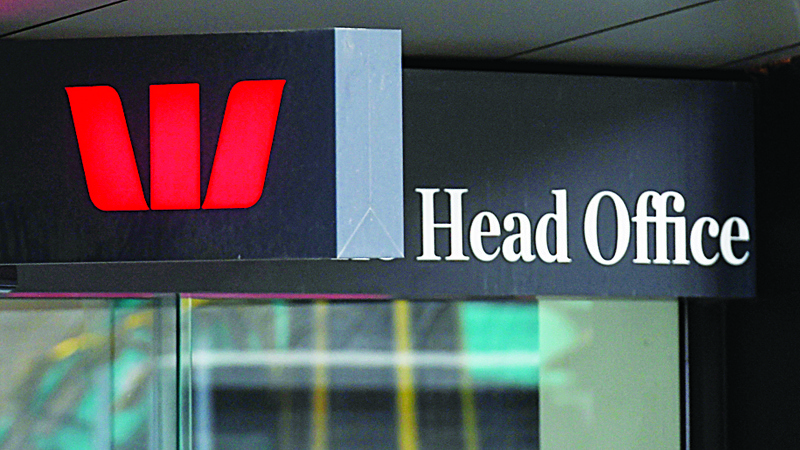
SYDNEY: Australia will spend A$1.5 billion ($1 billion) to revitalize manufacturing across six sectors, Prime Minister Scott Morrison said, as the government pushes to get the economy out of the deep slump triggered by the coronavirus pandemic. The move to put manufacturing at the center of a long-term recovery plan comes amid a realization that Australia has been too reliant on Asia for the supply of essential goods.
Sour relations with top trading partner, China, and the pandemic's impact on global supply chains have also strengthened that view. "We make things in Australia. We do it well. We need to keep making things in Australia. And under our plan we will," Morrison said in a speech in Canberra yesterday, as he outlined the plan to spend on manufacturing over a decade.
Five days ahead of the federal budget, Morrison used his speech to pledge funding and support for Australian businesses in resources and critical minerals, food and beverages, medical products, recycling and clean energy, space, and defense. Businesses will be eligible for grants of between A$100,000 and A$1 million, he said, adding they will be required to match the government funds by a ratio of three to one. "Long gone are the days of trying to compete with labor intensive, low-cost manufacturing economies. Gone too are any pretensions of protectionism as a viable strategy for domestic manufacturing," Morrison said.
Australia has the potential and room to expand manufacturing, the prime minister said. In 2019, manufacturing accounted for 5 of Australia's gross domestic product, versus about 25 in 1960. It should make up about 15-20 of GDP, says Andrew Liveris, former head of US industrial giant Dow Chemicals, who returned to his native Australia this year to join Morrison's manufacturing advisory taskforce. Australia's A$2 trillion economy shrank 7 in the three months ended June, the most since records began in 1959, as virus curbs paralysed business activity.
The country is beginning to detail an economic recovery plan after slowing the outbreak. It recently outlined a strategy to boost gas supplies, including a possible state-funded gas-fired power plant, to drive economic recovery. Meanwhile, Australian job vacancies surged in the three months to August, official data showed Yesterday, as the easing of coronavirus restrictions across much of the country spurred demand for labor.
Job vacancies jumped a whopping 59.4 in the three months to August after a record 43.2 slump between March and May, data from the Australian Bureau of Statistics (ABS) showed. There were 4.5 unemployed people per vacancy over that period, down from 7.1 in the three months to May. Vacancies were well below pre-pandemic levels in the state of Victoria, which is in a coronavirus lockdown, as well as in New South Wales, which saw a spillover of infections from Victoria's second wave of the novel coronavirus.
In contrast, vacancies were higher than pre-pandemic levels in Western Australia, Queensland, South Australia, and Northern Territory, signaling a rapid rebound in labor demand as mobility curbs to contain the virus eased. Economists said interstate border restrictions could also have affected the ability of companies to fill positions. The private sector was harder hit by the pandemic, with vacancies in there surging 65.4 in the three months to August after falling 44.9 in the three months to May. Public sector vacancies, meanwhile, increased 22 over that period, after a 29 fall the previous three months. - Reuters









